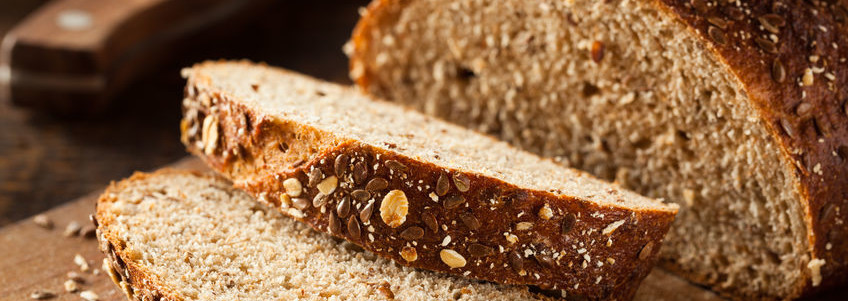
- It reduces risk of obesity, type 2 diabetes, cardiovascular disease and cancer
- It’s high in fiber, nutrients and antioxidant activities
As the public continues their interest in whole wheat bread, this is an opportunity for bakers to go above and beyond.
What are some issues of baking whole wheat bread?
It’s all in the the bran. It disrupts the starch-gluten matrix and decreases the gas-holding capacity. The result is low volume, less extensibility and a drier product.
How can I make it better?
There are ways to make whole wheat bread more desirable and bakeable. A few are:
- Pre-hydrate or soak bran ahead of time to improve bran hydration
- Use bran with lower insoluble dietary fiber
- Add clean label enzymes to assist volume
- Try phytase to increase nutrition
- Vital wheat gluten can also help
What about if you’re baking organic whole wheat bread?
If baking organic, malt flour, vital gluten, Cephalaria syriaca and rosehip have been confirmed to enhance whole wheat bread quality. Malt flour is rich in amylolytic enzymes. Rosehip is used to replace synthetic ascorbic acid. Cephalaria syriaca has positive effect in the extensograph characteristics of wheat flour.

